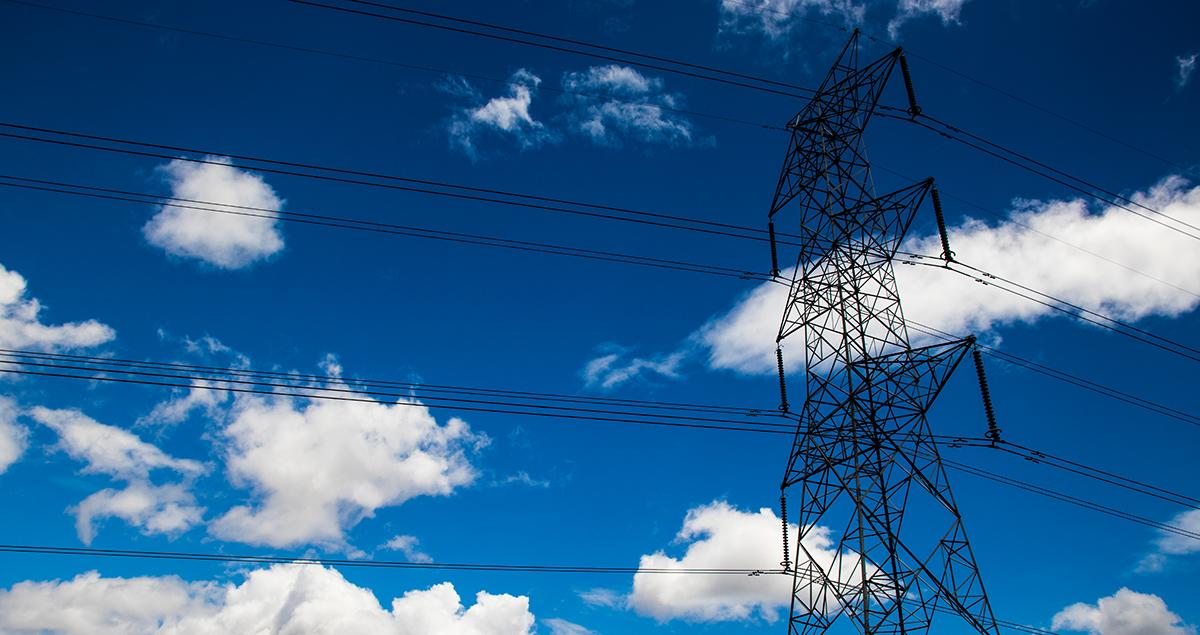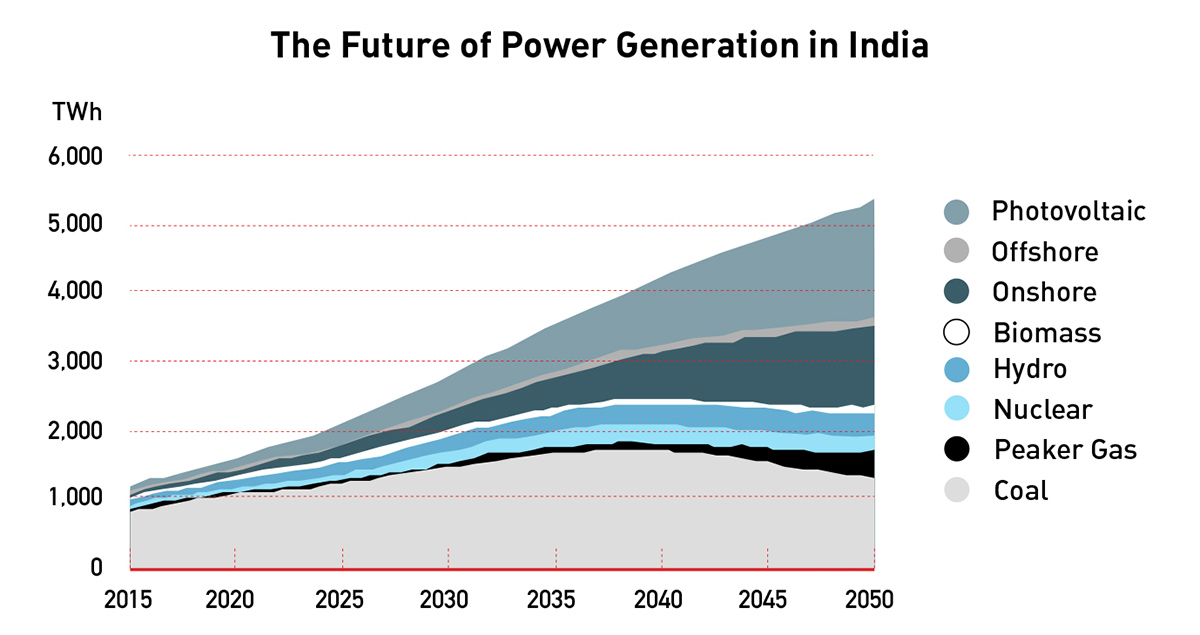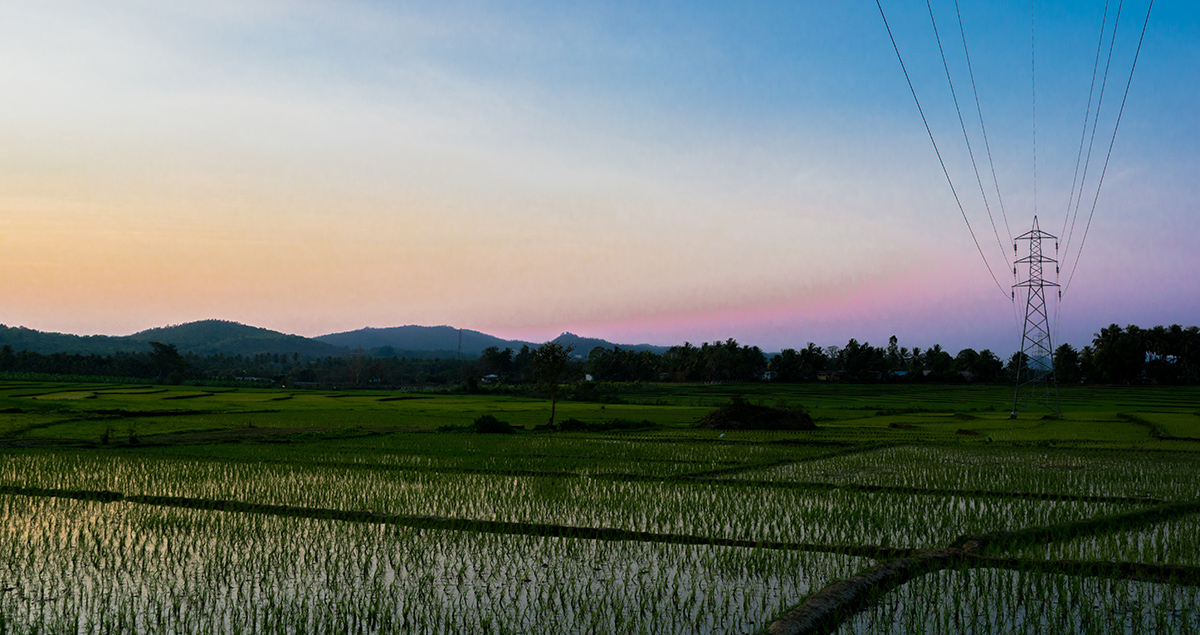Coal is in India’s energy mix, pollution need not be

India is on the fast track to sustainability. According to the Indian government's Central Electric Authority, renewable sources will generate half of the country's power by 2030, with wind and solar accounting for the lion's share. Yet to make that transition smooth and realize its long-term vision of a carbon-free energy future, the country will have to complement renewables with traditional sources.
Power supply from renewable energy cannot be switched on and off like a fossil-fuel power plant. The sun doesn't shine at night, and the wind doesn't always blow. Thus, renewables are not always reliable and cannot consistently cover baseload power supply, especially during times of peak demand. This reinforces the need for traditional energy sources including coal that can provide power when renewables fail to meet demand.
With India on course for a 285% increase in electricity generation by 2050, traditional energy sources will prove crucial. Renewables alone will not be able to meet those needs. The near-term future of renewable energy requires that alternative power sources are integrated into dynamic grids alongside fossil fuels.
Coal - a mainstay of India's energy production
Coal is the dominant source of electricity in India. It currently accounts for 75% of supply and 55% of installed capacity, the bulk of which is processed in thermal power plants. While falling renewable power prices are putting unprecedented competitive pressure on coal power generation, the transition to renewables will not happen overnight. The 2019 report published by the Central Electric Authority predicts that coal will still account for around half of India's power generation in 2030 and remain crucial beyond then.

India is projected to add 170GW of new coal capacity through 2043 when capacity will peak at 289GW. By 2050, that will drop to 235GW accounting for 10% of total power capacity. Despite dramatic growth in clean energy, India's power sector emissions will rise 69% to a peak of 1,617 million metric tons in 2038, closely following the trajectory for coal. This will carry tremendous social and environmental costs, but it doesn't have to.
Limiting fossil fuel emissions
A range of new technologies are making coal-fired powered plants more environmentally compatible. Among them are Air Quality Control Systems (AQCS) cleverly incorporate different technologies and systems that can purify exhaust gases by removing toxic trace elements. This dramatically reduces the harmful environmental impacts of burning coal.
Mitsubishi Hitachi Power Systems (MHPS), a part of Mitsubishi Heavy Industries Group, leads the world in AQCS technology that helps to detoxify thermal power stations. Its AQCS solutions use selective catalytic reduction systems to remove up to 95% of nitrogen oxides emitted from power plant boilers. Electrostatic precipitators remove the dust from the exhaust gases, and flue gas desulfurization systems remove up to 99% of harmful sulfur dioxide.

MHPS's flue gas desulfurization systems accounted for 61.5% of global market share in 2018, when it received an order from NTPC, India's largest energy conglomerate. Adding these systems to coal-fired power plants is becoming increasingly common, especially in India, where coal accounts for majority of the fuel used in thermal power plants. As India masters its transition to renewable energy over the coming decades, AQCS solutions can help India double down on its commitment to reducing emissions while sustaining a healthy environment.
Mitsubishi Heavy Industries Group is a leader in power and energy solutions from advanced-class GTCC to AQCS and Carbon Capture technology.





